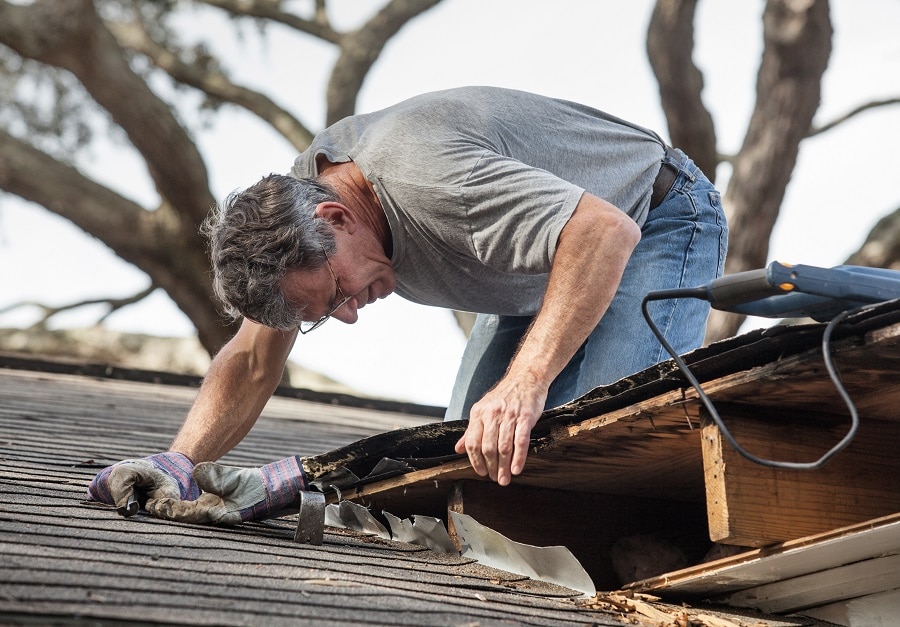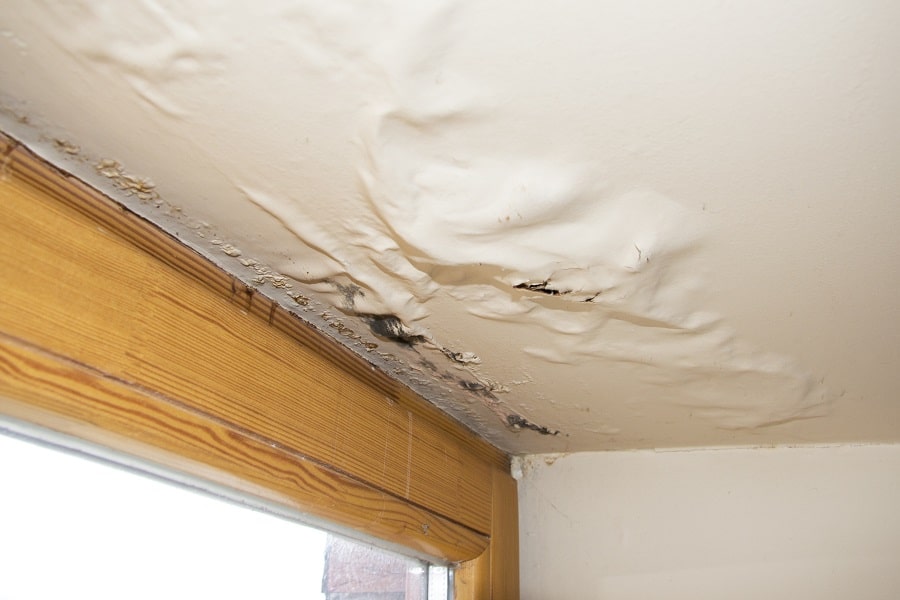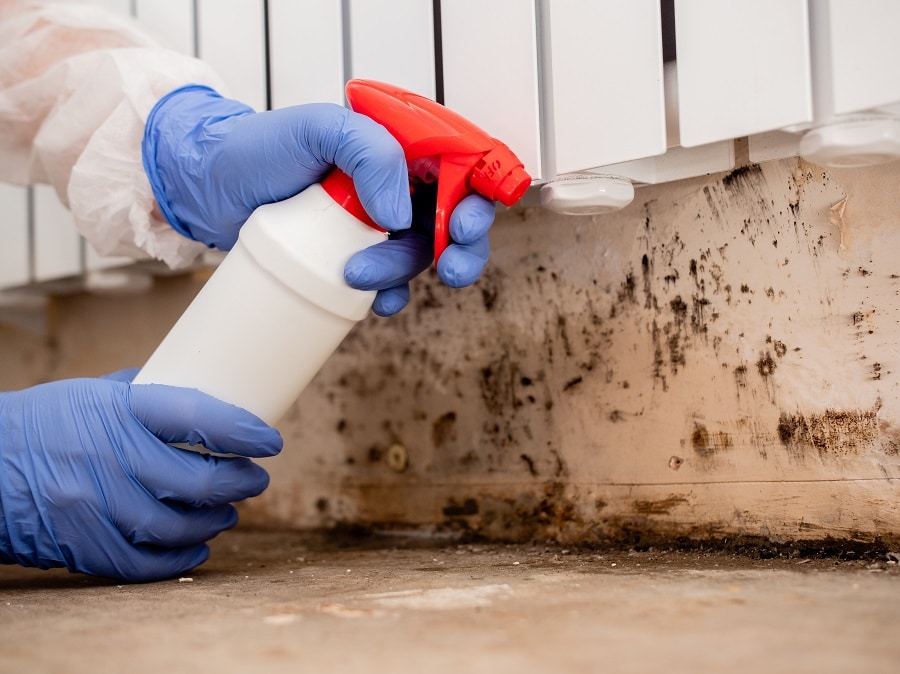Timber decay in buildings, regardless of their age, is often a result of rot. Wood rot commonly shows up in two forms: wet and dry rot, both forms are brought on by fungal decay in building timbers.
What is Wet Rot?
This is a type of parasite which can be found in wet timber. It alters the structure of the timber, causing swelling and separating its fibres, which leads to crumbling and loss of strength in the structure. Wet rot can trigger wood decay, making it lose its structural integrity and to eventually fall apart. Constant exposure to sources of moisture is usually responsible for the formation of wet rot. It could be from faulty plumbing or penetrating damp, on the ‘wet’ side of the house. Wet rot is a fungus, it will spread to timbers in the vicinity of the source and cause damage.
Our Guarantee
- upto 30 year guarantee
- customer focused team
- 20 years combined experience
- portfolio of satified customers
- attention to detail
- Construction line accreditation
- public liability insurance
- CHAS accreditation
What is the Difference Between Dry Rot and Wet Rot?
Dry rot can inflict damage faster and trigger extensive decay to structural timber as it consumes and spreads throughout the affected property. Wet rot, while occurring more often, causes less harm; the waterlogged areas on the timber suffer virtually all the damage. In the absence of fungi, wet and dry rot can be differentiated by relating the extent of damage (size and type of cracks) and the colour of the timber with the development of either type of rot.
What causes Wet Rot?
Certain environmental conditions are behind the development of wet rot spores. Moist timber is the main cause of Wet Rot. Moisture plays a major role in the appearance and progression of wet rot. As a result, signs of decay become visible on the timber.
The Dangers of Wet Rot in Worthing
Wet rot is a serious problem. It can cause irreparable damage to your home and reduce its value. When you notice wet rot, make sure to treat it quickly, if not there is a high likelihood of it spreading and infecting your house. Recent surveys of 2,038 London homeowners asked whether they experienced wet rot, where the rot had taken hold and whether they were able to stop it recurring in the future.
Surprisingly, out of the respondents, 20% had battled some form of wet rot. Wet rot causes damage to timber floors and can make the building structurally unsound. Besides causing costly repairs, it could reduce your property’s value. A majority of insurance providers don’t provide policies to homes with signs of moisture ingress or damp build-up.

What are the Warning Signs of Wet Rot?
Signs of Wet Rot or the conditions needed by the fungus to become pervasive can vary depending on type cause of moisture with a property. Common signs include a malfunctioning central heating boiler, musty smell, peeling wallpaper, and cookers not working properly. Common areas where wet rot occurs include beneath the kitchen sink, along external walls, attics and roof spaces. Wet rot typically attacks older buildings constructed using timber frames rather than modern species such as Meranti and Sapele. Timber that is found below ground level or reaching a one-floor level is susceptible to wet rot as well. Identifying it when it appears is the first step towards getting rid of wet or dry rot. If you have reason to believe that your home has been infested by wet rot, then you should conduct a damp survey at once.
Call Our Sussex Damp Experts team now for quote, consultation and advice:
Call on 01273 257 765.
How and When Should I Look for Wood Rot?
It should be an annual task, similar to spring cleaning to search your home for signs of damp or wood rot, and a good time to do it is during your pre-winter weatherproofing activities. You’ll need a screwdriver with a long handle and a decent flashlight.
You should check the window siding for signs of discolouration and swelling. Paint can mask wood rot, so the wood should be solid and rough, poking the siding with the tip of the screwdriver. If the wood gives in with pressure and has a spongy texture, then you are dealing with wood rot. Test the attic for discoloured wood using a good flashlight. Conduct the screwdriver test if you come across any discoloured parts. Make sure you go over the roof decking base, the joints linking wood members at the top of the roof, and at the edges of the attic where slanting rafters transition into eaves. These are prime locations for wood rot to grow in the attic.
Using the flashlight to detect discolouration around the perimeter wood plate that lies directly on the top of the concrete basement wall, inspect the wood members in a basement or crawl room (sill plate). With the screwdriver, inspect any discoloured regions. Inspect the floors and walls around baths/tubs, under sinks, and the water heater for any sign of discolouration or water leakage.
How do we identify wet rot?
Recognising wet rot is not always a straightforward or easy task, wet rot is versatile and attacks timber in several forms. Pushing a knife up to the handle into painted timber is an effective way to confirm rot. Our specialist damp proofing experts have years of experience and are trained to look for the following:
- Localised fungal growth on timber
- The soft, spongy feel of timber; the affected area appears darker than the surrounding timber.
- The soft and spongy texture of rotting timber; the affected region often looks darker than the other parts.
- That spongy, soft feel timber gets when affected by wet rot; the affected parts are darker than the other areas.
- The spongy, soft texture of rotten timber; the infested area is darker than the other parts.
- The springy feeling that is an indicator of wet rot; the affected area is often darker than others around it.
- Crumbling of affected dry timber into particles.
- Dry timber crumbling into particles.
- The crumbling of infested timber into dry particles.
- Dried-out timber disintegrating into particles.
- The disintegration of rot-eaten timber into particles.
- Shrinking timber
- Bleaching wood in window and door frames
- Flaky or damaged paint
- A musty, damp smell
What to Do After You Detect Wet Rot?
It’s important to get a damp expert to tackle wet rot and cut off the source of moisture; this helps prevent recurring issues. For more help on wet rot treatment, Sussex Damp Experts can help! Reach us on 01273 257 765 today.
Wet Rot and Damp Proofing in Worthing

We can provide help with damp proofing and wet rot treatment in Worthing. Call Sussex Damp Experts if you see signs of damp or wet rot, fixing the problem immediately is crucial to avoiding the health risks and costly repair work which would be necessary if the damage is left to spread unchecked. Our qualified surveyors will help you identify the cause of the issue and the best steps to take in rectifying it.
Timber damp proofing is a deliberate attempt to protect the timber from moisture damage which could lead to decay. There are only ever two ways to properly safeguard your timber from the elements.
Surface treatments are highly unreliable; they do not solve the problem and even end up escalating the issue. The only way out is to encapsulate the entire surface with a membrane, replace or treat the timber. Call 01273 257 765 today to speak to one of our experts concerning wet rot treatment in your building.
Wet Rot Treatment Specialists in Worthing
With more than 20 years of experience, we are one of Worthing’s leading wet rot specialists; offering site surveys and cost estimates at no charge to private and commercial property owners. Our wet rot experts will examine your property and come up with solutions to cut off the source of moisture ingress. Our team of experts employ advanced techniques to curb the spread of different types of wet rot in properties.
Wet Rot Treatment in Worthing
Wet rot typically occurs in areas with sustained exposure to moisture. However, we don’t just deal with the affected area alone during treatment, we consider the source as well. We identify how the timber gets in contact with moisture and block it against future occurrences. Wet rot treatment should be left to experts who can provide a comprehensive solution. Delaying the treatment will only drive up the cost of eventual repairs. It is advisable to contact professionals like Sussex Damp Experts when you identify any sign of damp or wet rot development in your building.

We can provide lasting solutions to wet rot. Sussex Damp Experts can help you save your timber, we quickly investigate the source of the humidity and which areas are under threat of decay. Don’t put it off any longer, call us today on 01273 257 765 or complete and submit the contact form to get started.
Our Wet Rot Treatment Process in Worthing
The more you delay starting treatment, the worse the situation becomes. Identifying the progress of the fungal rot early could mean the treatment will be restricted to just a small area. In circumstances where the wet rot has been allowed to take deep root in the timber, you might have to consider replacing entire timbers or carrying out major repairs. Wet rot treatment comprises various steps. The treatment of wet rot involving timbers must start with addressing the root of the problem and preventing moisture from reaching the timber. If there is a seepage of water into your home or timber, regardless of whether the cause is broken guttering, condensation, or anything else, we locate the source of water/moisture ingress and take corrective action. Inexperienced contractors and builders tend to focus on replacing the decayed wood. Thereafter, such treatment typically involved the spraying of chemical preservatives in the affected area. Such an approach is assured of failure. If you are worried about the presence of wet rot in your building, call Sussex Damp Experts today. We can help you identify the cause and treat the damage.
What happens to Wet Rot if left untreated?
Overlooking wet rot can only lead to weakened structural timber which could have dire consequences for the residents. When rot settles in, the timber gets soft and will cave in when poked with a sharp object such as a knife or a screwdriver. The ultimate result is a loss of structural integrity and even possibly your building being condemned. Call Sussex Damp Experts on 01273 257 765 to get your treatment project started today.
What is the cost of Wet Rot Treatment in Worthing?
The effects of rot are devastating for any property. The cost of repairs and damp proofing is based on the type and extent of damage done to the timber, however, don’t be discouraged. With our team of experts on hand to help, you’ll quickly discover that with wet rot treatment in Worthing, it is more affordable than you would expect. We advise you on the best course of action to protect your home and your health.
How to prevent wet rot?
Wood should preferably be kept dry at all times to avoid decaying. Wood hardeners are another excellent precautionary measure. The hardener provides an extra layer of protection against rot. The areas in a building that are most susceptible to damp include window sills and boxes, timbers touching stonework without being subjected to damp proofing treatment such as sealant and fungicide applications.
Talk to Our Wet Rot Treatment Experts Today!
If you need further information on wet rot treatment from one of our experts, call 01273 257 765 today.
FAQ
Is wet rot smelly?
Is Wet Rot Capable of Spreading?
Can Wet Rot Cause Health Problems?
Is there a DIY treatment solution?




